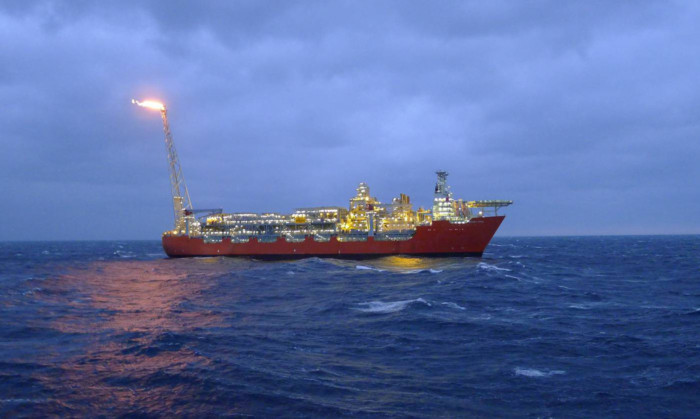Drilling and deal-making in the North Sea will gain momentum in the months ahead, despite a slowdown in activity in the first quarter of the year.
A new report compiled by Deloitte’s Petroleum Services Group found upstream activity on the UK Continental Shelf (UKCS) levelled off over the first three months of the year following a strong finish to 2012.
A total of nine new wells were drilled down from 11 in the same period last year and 19 in the last quarter of 2012.
The north-west Europe region as a whole saw 23 exploration and appraisal wells drilled during Q1, slightly below the 25 opened up in the first quarter of last year.
Despite the fall-off in activity Deloitte senior partner Derek Henderson said confidence in the North Sea remained high, and he predicted that drilling and dealmaking would increase throughout the rest of the year.
He said: “Generally activity eases during the first quarter each year and, based on the second half of last year, we would certainly expect later spring and summer to demonstrate a return to the kind of momentum we saw then.
“The oil price is still favourable and there are an increased number of incentives to encourage investment in North Sea exploration and development.”
Farm-in agreements, where a company takes a stake in another company’s field, were a key part of offshore UK deals activity in Q1. They accounted for 36% of new agreements completed since the recent 27th North Sea licensing round, which brought a number of new entrants to the table.
First-quarter deal activity overall was slightly down on Q1 last year from 23 to 19.
During the first quarter of this year, two new fields received development approval from the Department of Energy and Climate Change, while a further three came onstream for the first time.
Four of the five new production areas qualify for the UK Government’s small field allowance, and the other is eligible for the ultra-heavy oilfield allowance.
Graham Sadler, managing director of Deloitte’s PSG, said the shift in pace during the last quarter was not a sign of waning appetite from UKCS participants.
He said: “Deal volume may be down but it is still relatively strong, and the increasing proportion of farm-ins would suggest the need for smaller companies to seek funding partnerships for future drilling.
“Drilling rigs are also at a premium currently, with 96% rig utilisation for the first quarter of 2013, so there is a lot of activity.
“Most markets have seasonal changes and the UKCS is no different in that respect.
“From where we sit, there is every reason to expect the North Sea to continue the growth it achieved last year as we continue into 2013.”
business@thecourier.co.uk
